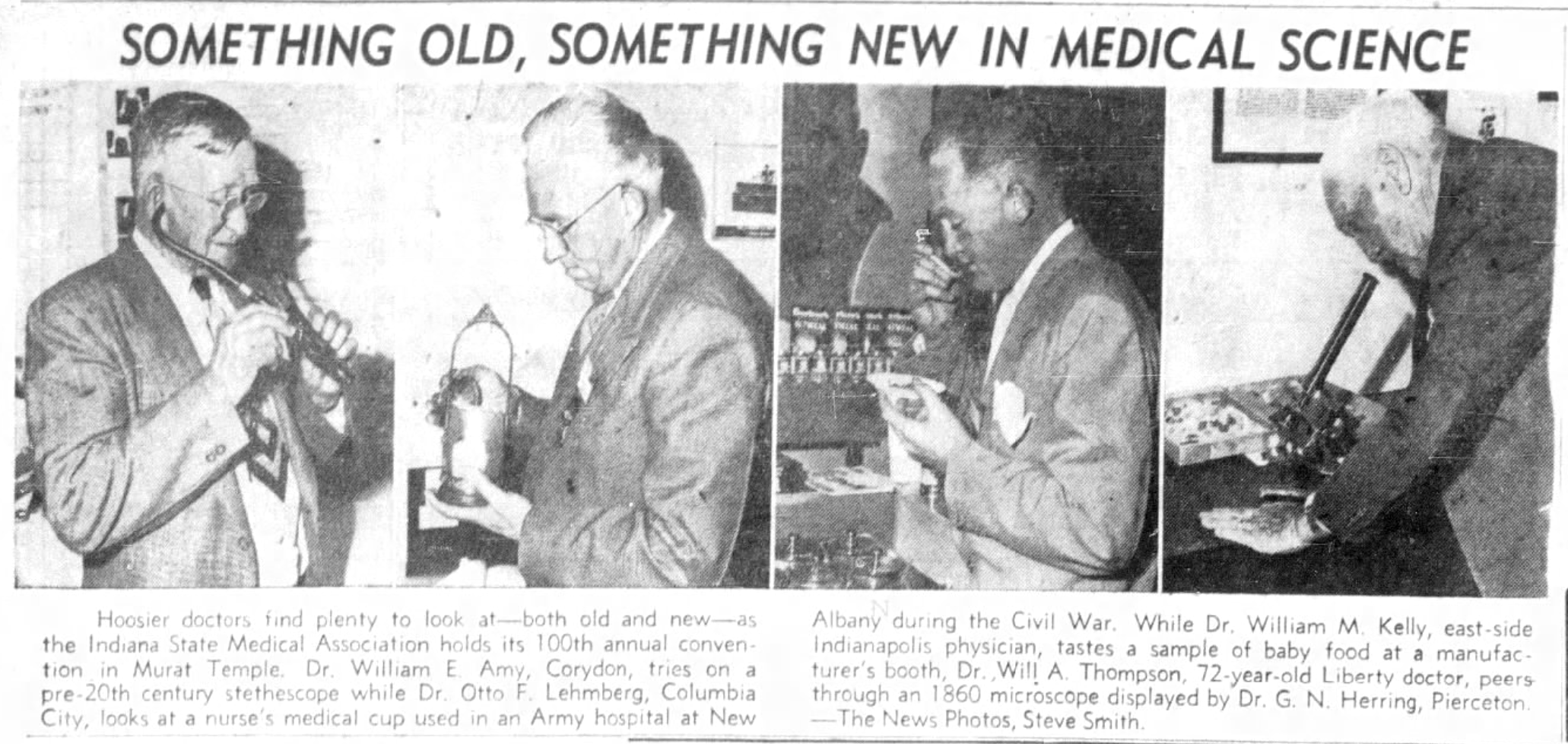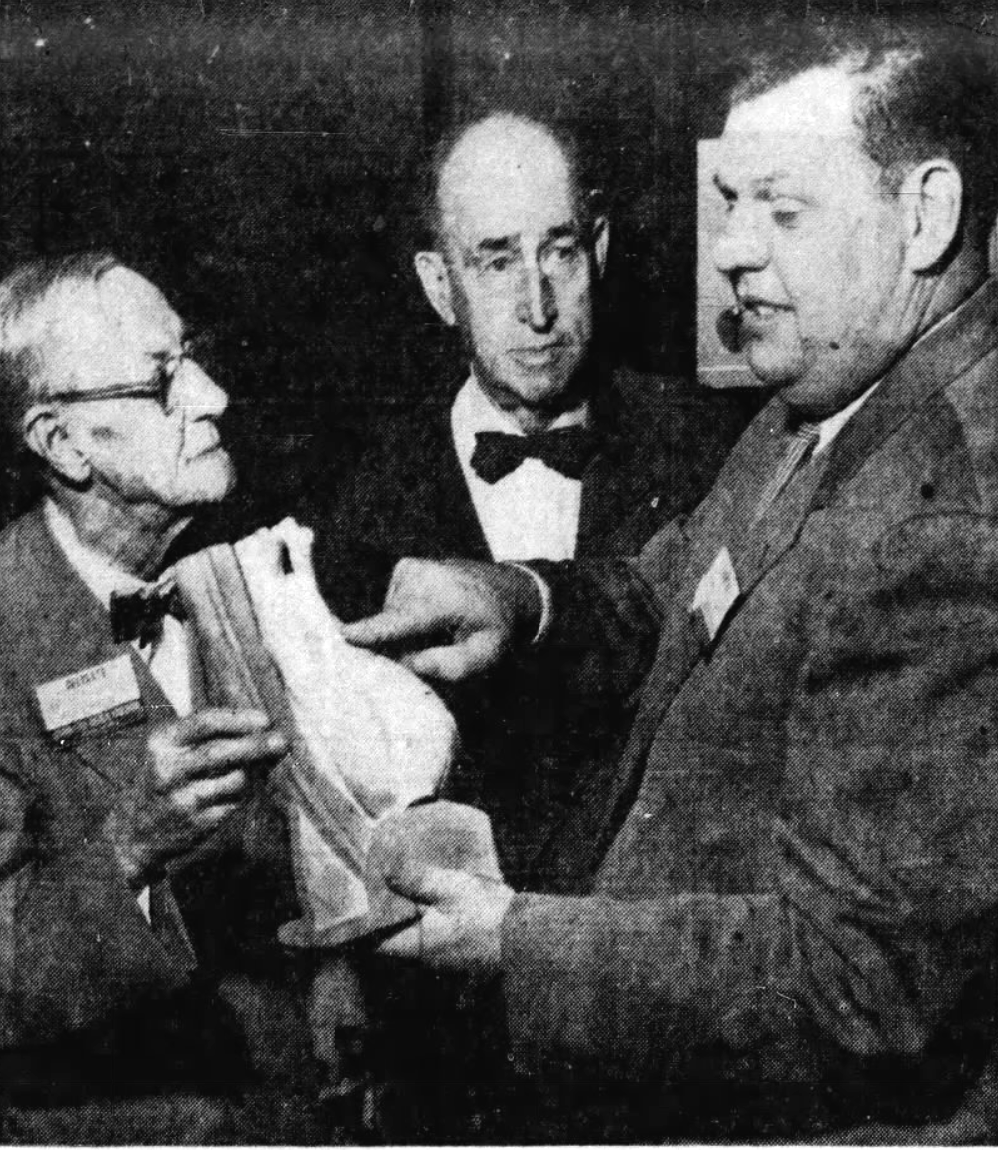Formed as the Indiana State Medical Society (ISMS) in 1849, the purpose of the organization was, and remains, to educate physicians about the scientific and clinical developments in medicine. John H. Sanders, the first president of the established one year earlier in 1848, was one of its founding members.

Since its inception, the association has held annual meetings at which physicians have presented papers about health and medical issues. During the Civil War, topics included camp diarrhea and military surgery. By 1868, the organization had designated all county medical societies as auxiliaries.
In 1903, the ISMS changed its name to the Indiana State Medical Association (ISMA) to conform with the guidelines of the American Medical Association (AMA). The organization is responsible for the coordination of AMA’s programs at the state level.
The AMA and ISMA barred African Americans from its ranks. In response, in 1903, a group of Indianapolis Black physicians, dentists, and pharmacists organized the to represent them.
In 1924, Indianapolis became ISMA’s permanent headquarters, and it secured its first full-time executive. In 1927, wives of association members formed the Women’s Auxiliary. The association’s annual three-day convention attracted 2,000 attendees by 1946, and in 1950, it formed committees to hear grievances against its members and to study poliomyelitis. The AMA finally lifted all racial barriers to membership to its organization and affiliates in 1968. The ISMA established the Medical Student Society to promote organized medicine in 1985. All medical students in Indiana are eligible for membership. By 1993, the organization had 7,000 members.

The ISMA remains a federation of county and district medical societies. The organization provides continuing medical education (CME) for physicians and practice management seminars for medical office staff. ISMA accredits other institutions and organizations to provide CME programs for physicians. It offers webinars on clinical practice issues and guidelines and standards aimed to improve quality of life and wellness. The ISMA collaborates with other organizations and the community on such issues as reducing domestic violence, underage drinking, and smoking. It also works to improve health education in Indiana’s schools.
ISMA increased its focus on substance abuse with the opioid crisis of the 2010s. Its Physician Resource Center includes webinars on opioid prescribing and abuse and other materials to help physicians help patients who are at risk for substance abuse disorder.
The association also has expanded its outreach programs to provide information on health and medical issues to Indiana’s state and national representatives, the public, and the media. ISMA has representatives who work in Indianapolis and Washington, D.C., advocating for the health and well-being of Hoosiers.
In addition to electing a ballot of statewide leaders and employing a full-time staff, the organization has 13 districts. Each district elects its own president. The membership of ISMA has grown to include more than 9,500 members.

Help improve this entry
Contribute information, offer corrections, suggest images.
You can also recommend new entries related to this topic.